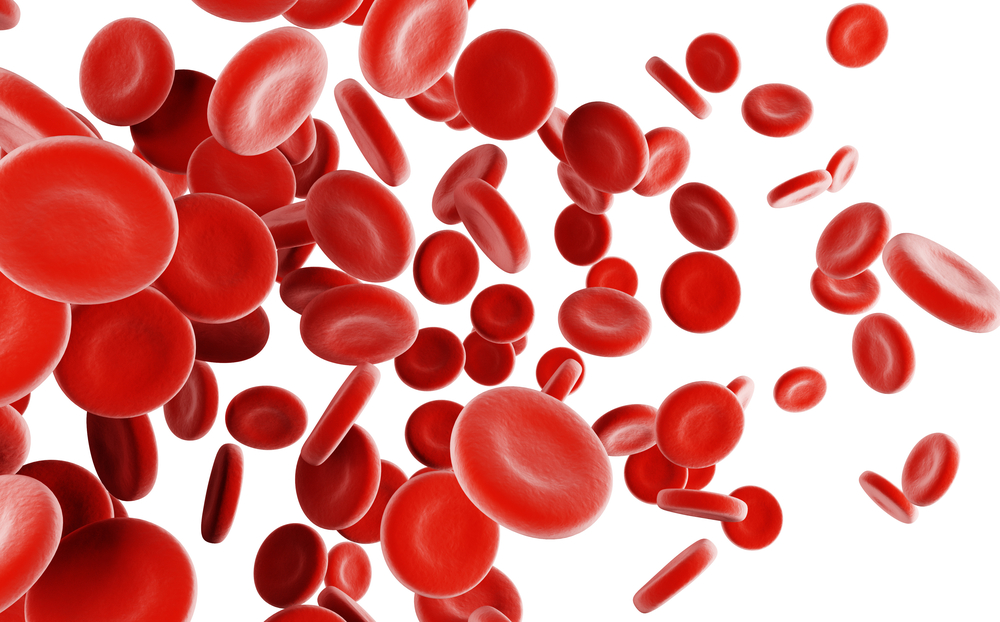Study Examines Levels of Trace Metals in Blood of Huntington’s Patients
Written by |

Levels of certain trace metals are altered in the blood of people with Huntington’s disease, a new study found, suggesting that measuring and/or targeting these metals may be useful for studying, or perhaps treating, Huntington’s.
The results, “Trace elements profile in the blood of Huntington’ disease patients,” were published in the Journal of Trace Elements in Medicine and Biology.
Metals such as zinc and copper are required for the body to function, but only very small amounts are needed (hence “trace”). Excessive amounts can have detrimental health effects. In particular, abnormal levels of the metals — in particular higher-than-normal levels — can affect the way proteins fold.
Huntington’s disease is caused by mutations that result in the misfolding of the protein huntingtin. Because of the effect trace metals can have on protein folding, researchers behind the new report wondered whether levels of any of these metals would be different in people with or without Huntington’s disease.
To find out, the researchers took blood samples from 18 people with genetically diagnosed Huntington’s (10 males and 8 females), as well as an equal number of people without the disease for comparison.
The researchers then measured the levels of 15 trace elements: nine that are considered essential (chromium, cobalt, copper, iron, manganese, molybdenum, nickel, selenium, and zinc) and six that are considered nonessential (tin, arsenic, vanadium, antimony, cadmium, and lead).
Four of the essential trace metals were present at significantly higher levels in blood from people with Huntington’s than without; these were chromium (26 vs. 19 μg/L), iron (534,616 vs. 452,556 μg/L), selenium (138 vs. 101 μg/L) and zinc (5668 vs. 4640 μg/L). (Of note, “μg/L” stands for micrograms per liter.)
The researchers speculated these differences might be impactful in the disease. For instance, they noted that an overabundance of iron in the brain is connected to a number of other neurological disorders — including Parkinson’s disease and amyotrophic lateral sclerosis — so these may be promising avenues for further investigation.
Three of the nonessential elements were found at lower levels in blood from people with Huntington’s: lead (43 vs. 58 μg/L), vanadium (2.8 vs. 5.1 μg/L), antimony (2.9 vs. 4.4 μg/L), while arsenic levels were significantly higher in people with Huntington’s (2.4 vs. 1.2 μg/L). The researchers noted that these differences, “deserve additional investigation, even if the concentrations of these nonessential elements were in the range of reference values in blood.”
Other measured elements were not significantly different between the two groups.
This is a very small, preliminary study, so more research will be needed to understand the role these elements play in Huntington’s. Still, this study provides preliminary evidence that some of these trace metals may be involved in the disease.
“We found abnormal concentrations of several metals in the blood of HD [Huntington’s disease] patients and propose that the metal profile may represent a useful tool for further insights of the pathology,” the researchers summarized, adding, “One therapeutic approach against HD or other neurodegenerative diseases could be targeting metals found in abnormal concentrations, since agents that target these metals may slow down or potentially reverse the course of the disease.”





